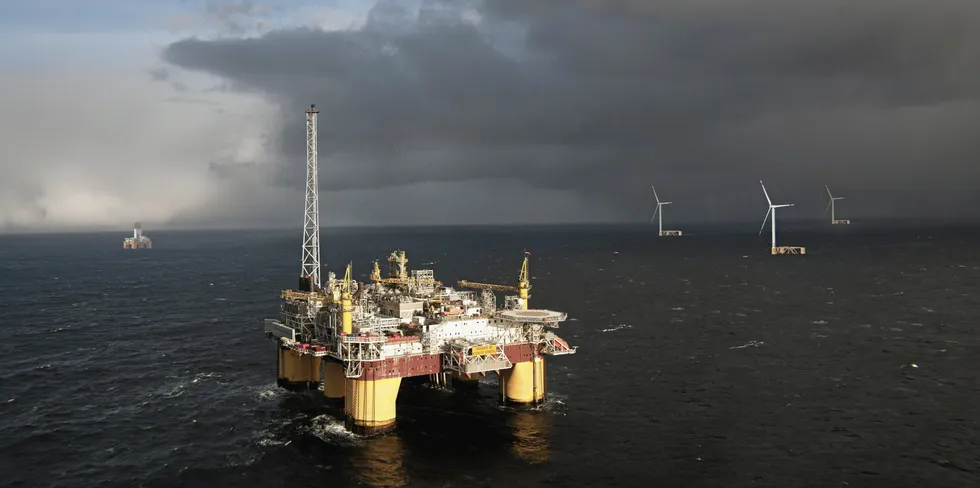Greening black gold: how floating wind could be key to Big Oil's energy transition
The North Sea oil & gas sector wants to use floating wind to slash emissions at its offshore platforms, but is this true decarbonisation or the “dirtification” of renewable energy? asks Darius Snieckus
